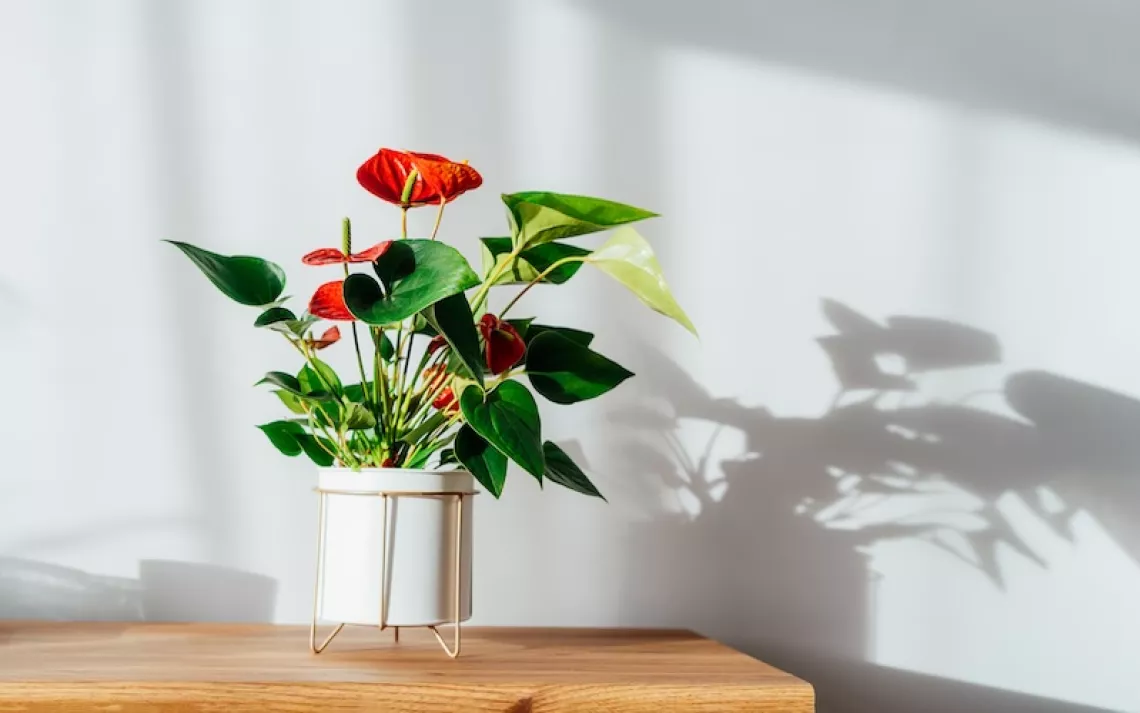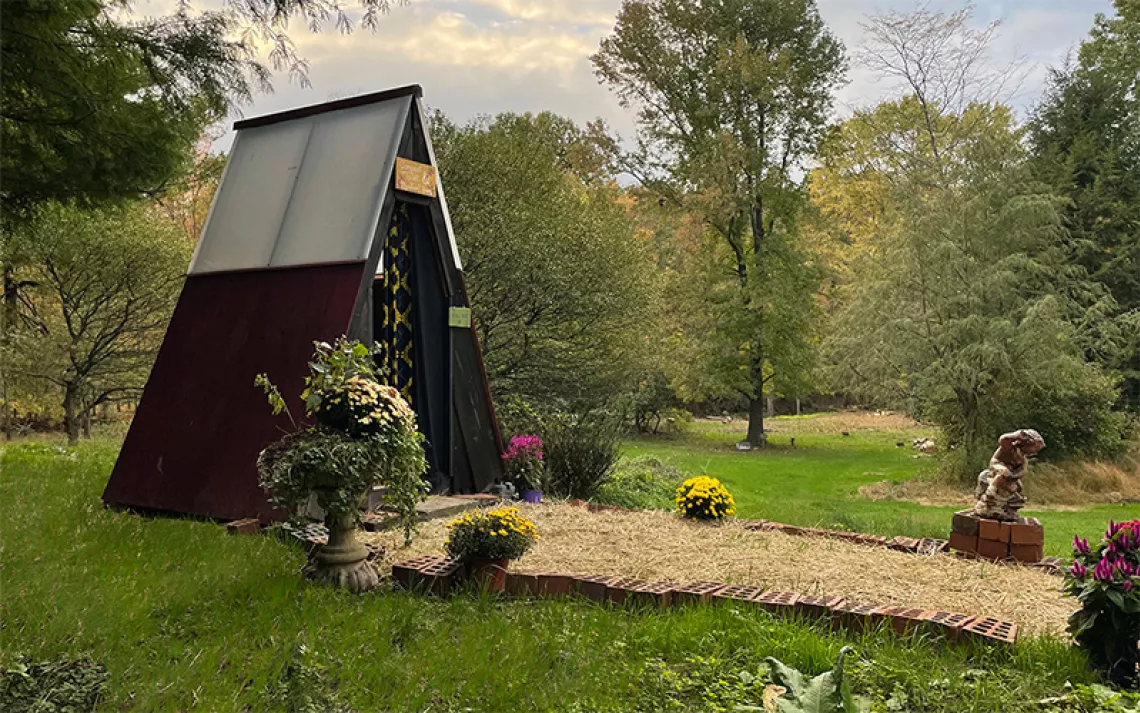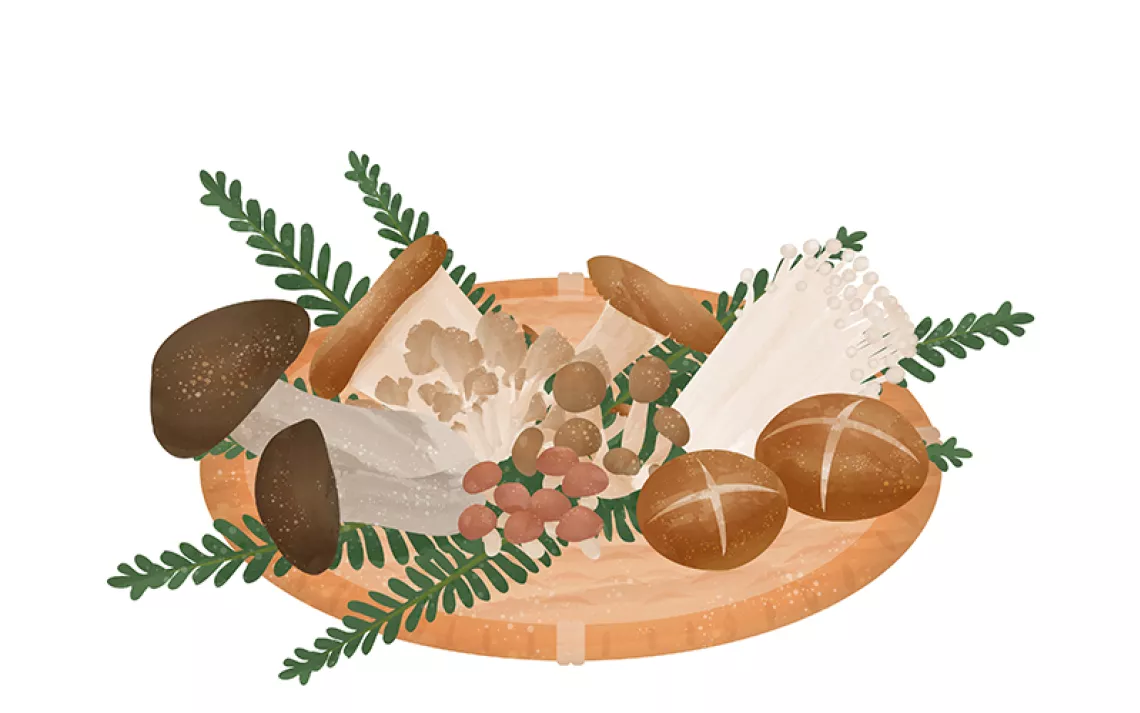Cellphone Sleeve
Turn a necktie into a padded pocket for your phone
I love the idea of sewing, but store-bought patterns confound me, and honestly, I'm just missing the perfectionist gene that's needed to cut and stitch all those straight lines. I keep trying, though. And it has gotten a lot more fun as I've let go of my preconceived ideas of what and how to sew and just experimented with the clothes I already have. They come in all kinds of patterns, colors, and textures—and how much of it do I really wear regularly anyway?
I've turned socks into wrist warmers, pants into shorts, and most ambitiously, a jacket into a backpack. Recently, I've expanded to neckties, which I get secondhand. Once required wear for any respectable man, they've been on the wane for decades (even President Obama shed his for the G8 Summit last June).
These gorgeous strips of fabric should see the light of day more often, so I've been making them into pretty pockets, perfectly sized for a cellphone and fun to give away. I measure about six inches from the end of each tie, cut off the excess material, and sew a seam along the edge. Attaching a snap "ties the whole thing up.
DIFFICULTY LEVEL: 3
CONSTRUCTION TIME: 2 hours
Silk is slippery to work with, but you can do the sewing by hand or machine. Based on a project by Jessica Barst.
 The Magazine of The Sierra Club
The Magazine of The Sierra Club

















